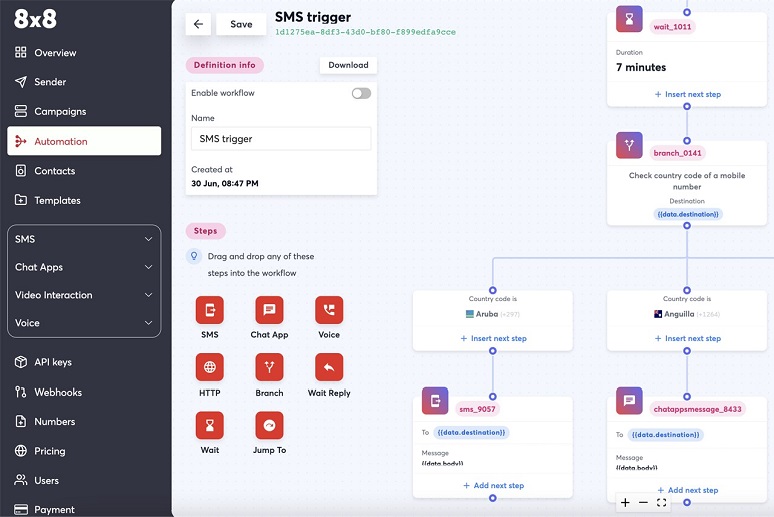The introduction of the no-code workflow builder recognizes that flexible workflows are vital to CCaaS.

The past two years has seen contact center as a service (CCaaS) go through unprecedented growth as businesses looked to enable contact center agents to work from home. For most companies, shifting to the cloud was a faster and simpler solution than trying to extend legacy, on-prem solutions to remote locations. Cloud contact center solutions generally have better tools for managers and are now being outfitted with AI to enable agents to service customers better.
I do believe there is another wave of CCaaS growth to come and that’s driven by the expansion of contact centers to users beyond agents – other customer-facing roles including inside sales, marketing, account managers and even field service. Any worker that uses CRM could likely benefit from CCaaS.
Rolling out the contact center to non-agents does pose a challenge in that the interface and workflows are optimized for agents — meaning they’re sub-optimal for inside sales, marketing, account managers and field service. Having to rebuild the front end for each specific type of worker would be an impossible task for the CCaaS vendors. 8×8’s solution to this is to let businesses build their own workflows via its new no-code tool.
The company’s new Automation Builder lets line of businesspeople easily build workflows without requiring any developer support. While I characterized this as the evolution of contact center, in actuality, Automation Builder taps into both UC and CC capabilities, further validating 8×8’s “XCaaS” (UCaaS and CCaaS) go-to market motion. In fact, the press release describes the solution as being a CPaaS capability, which is the underlying platform that enables 8×8 XCaaS.
Ease of use is the main value proposition of 8×8’s new tool. Whether it’s marketing operations or customer support, users in various roles within an organization can drag and drop modules to create complex workflows or choose from pre-built templates. That means organizations looking to boost their customer experience do not have to invest in engineering, hire specialized developers or a systems integrator.
Key features include:
- Automated workflows with just a few clicks.
- Customized iterations for users to tweak and implement.
- Drag and drop modules to create complex workflows or choose from pre-built templates.
- Build communication workflows across channels including SMS, chat apps, and voice.
- Optimized processes for leads and managers within marketing operations, customer support, and operations.
Organizations can use the tool to improve customer support by setting up automated responses for all incoming messages. They can also create self-service features like interactive menus that provide customers with answers to common questions or route those who need more assistance to a customer support agent. For example, a healthcare provider can build a workflow that sends automated reminders to patients and allows them to confirm or reschedule an appointment. Following a doctor’s visit, the provider can collect patient feedback with customizable two-way communication flows.
8×8 has been developing XCaaS capabilities for nearly a decade. Frontdesk was the first XCaaS service that 8×8 rolled out. As the name implies, it was created for receptionists who need to handle multiple calls simultaneously. In an interview with ZK Research last year, Dhwani Soni, 8×8’s vice president of product management and user experience design, said the vendor is working on expanding XCaaS capabilities for organizations with hybrid workforces.
The introduction of no-code is a key milestone in 8×8’s XCaaS journey because it enables capabilities that could not be done if a customer was using two separate vendors for UCaaS and CCaaS. Without XCaaS, customers would be forced to create custom integrations or worse, make the user the integration point. Automation Builder is accessible via 8×8 Connect, a platform used to manage text and voice campaigns across chat, SMS, video, and other channels. 8×8 offers an entire portfolio of communication application programming interfaces (APIs) as part of XCaaS.